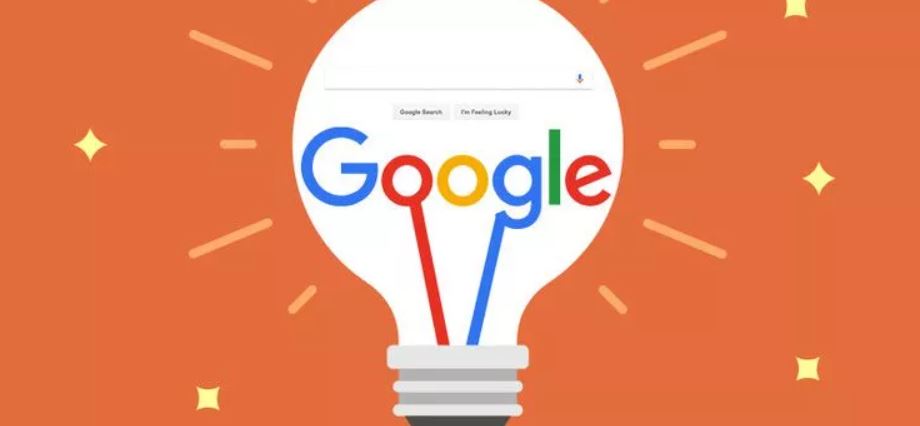
If you want to succeed in the digital world, you must be 100% sure about the fact that your content is right up to the mark. Quality matters, so your content must be of exceptional quality and reader-friendly. And, besides that, you must ensure that every piece of your content has some real value to offer to the real people.
That should be your main focus in 2020 and the upcoming years.
If your content has the power to connect to the emotions or more specifically the pain points of your readers and impact their lives positively, then your content is going to get so much of love from your readers.
That is what matters!
So, how do you improve your web content in 2020 and the coming years?
Now that we have almost reached the end of the year and are going to welcome another New Year, it’s important to plan your content strategy for the New Year ahead of time.
This post shares 2 pro tips about improving web content directly recommended by Google’s senior Webmaster Trends Analyst John Mueller in a recent Webmaster Hangout.
Tip #1: Focus on Using Headings Properly
If you are an SEO professional or a content marketer, heading tags such as H1, H2 etc. are not new to you. During your beginning days you may have been taught or trained to treat headings as important ranking factors. Moreover, you may have used your important target keywords in your headings inside your content on many occasions just rank your content high.
However, that’s just a misconception, as pointed out by Google’s John Mueller. Probably, adding keywords in the headings has some significance back in the early 2000s when SEO people could manipulate search engines the way they wanted, but today, that’s not possible anymore.
Search engines have evolved a lot and their ranking algorithms have become more secure and stringent to decode or understand how exactly they are working.
Headings inside content are important – that’s true. But they don’t send any ranking signal to search engine bots about the keywords to rank on search engine results. Rather, they tell search engines the relevance of the content or its specific sections.
That is what you, as an SEO or content marketer, would use your headings for. Your headings must be short and appealing. Your readers must be able to understand the contextual meaning of the section clearly by reading only those small headings. You can add keywords as long as the headings are safe and their contextual meanings are not tampered with in any way.
Headings, sub-heads, bullet lists – they all contribute to a well-structured web page, but they must be primarily written for human users, not search engines.
Here’s what John Muller has to say about using headings:
“Headings are useful in that we can take a heading and see what images and which text kind of apply to that heading.â€
Headings, images, text – they all constitute the entire web page, and there must be a connection between them. Together they make the content look beautiful that your readers must like. Besides that, the content must offer some real value to the users. That makes them visit the particular web page or the other pages of the same site repeatedly.
Search engines like that.
And, maybe that can boost the ranking in turn.
Tip #2: Avoid Interstitial Ads as They Can Affect Content Indexing
Digital Ads, in any form, are bad for the readers. Whether it’s just a banner ad, a pop-up ad or an interstitial ad, it affects the user experience.
Therefore, search engines don’t encourage these digital ads.
After banner ads and pop-up ads, interstitials are the newest type of digital ads. These are full-screen ads that cover the whole interface of the site or page.
If you are a content marketer or a website owner, Ads are a great source of earning for you. Interstitial ads being highly interactive and larger in size have larger impression on users and higher click-through rates. Higher click-rate means great chance of conversion. This is why interstitial ads are a fantastic option for content marketers and site owners.
However, John Mueller, in his Webmaster Hangout, has warned content marketers of the possible content indexing issue that might happen specifically due to country picker interstitial ads.
He noticed that a site had used a country picker interstitial and after a certain period of time the page switched to the interstitial. This could be a serious issue as Googlebot might not be able to index the rest of the content of the original page after it switched to the interstitial.
There can be 2 great alternatives.
In such cases, John Mueller recommends something like a banner as an alternative. A banner or any other user interface object that can encourage site visitors to pick their country should be a much better option.
Many websites nowadays are using an unobtrusive icon in a certain place on the site (the top right corner is ideal) or using IP sniffing to redirect the site visitors to the correct version of the page.
Google’s mission is to organize the world’s information and make it useful and accessible universally. They still give a strong preference to powerful content that human readers love. And, this is not going to change, which is why you need to make sure that you have the best content on your website.
Follow Google’s guidelines about creating content and never violate their principles. Invest in creating awesome content that is entirely audience centric and implement ethical SEO strategies to help your content dominate the search results.
What is your content marketing strategy? Has it remained successful? Please feel free to share your experience in the comments below.

